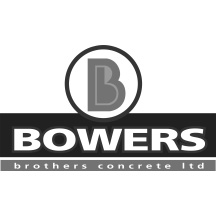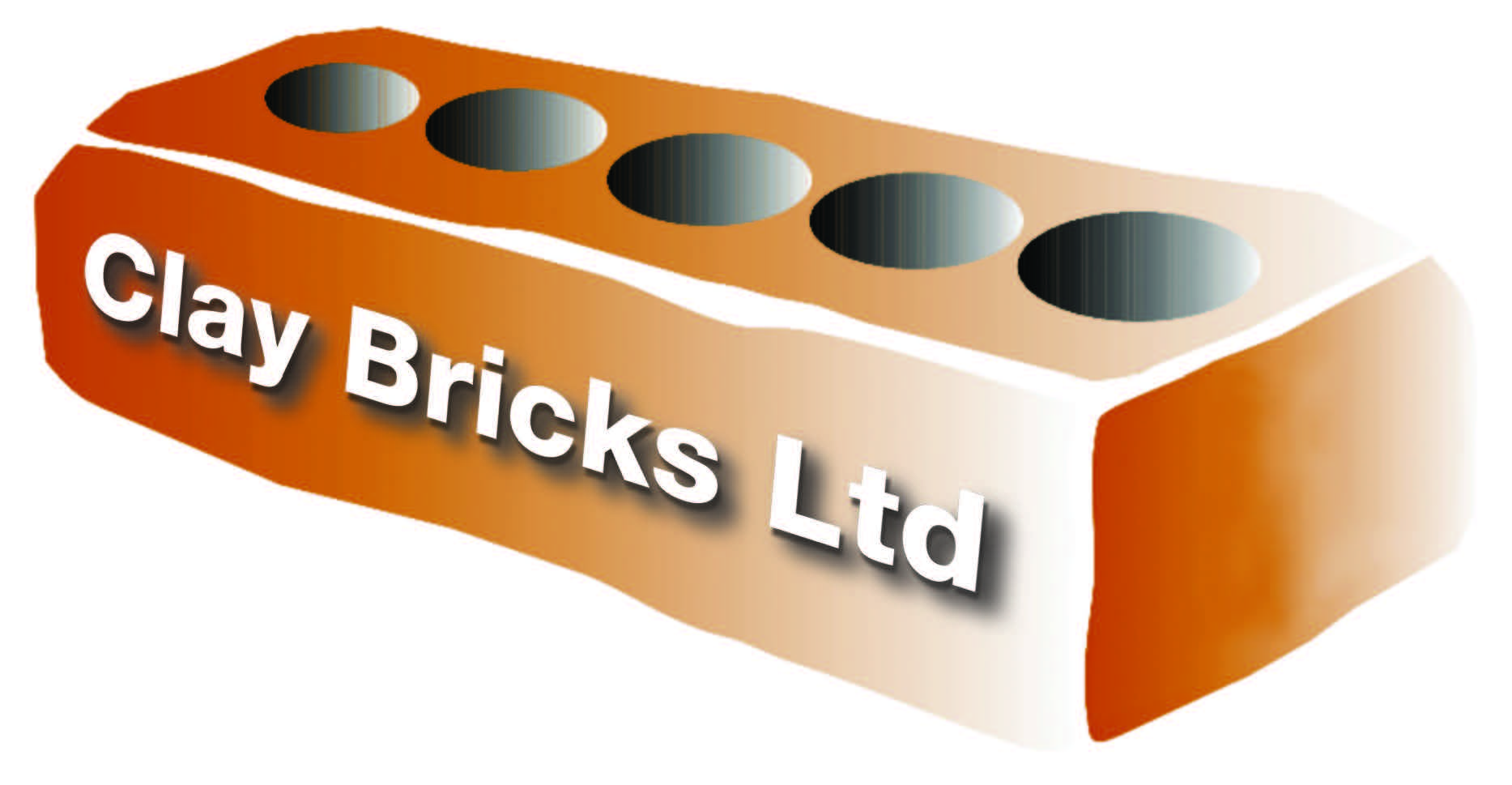Mortar is used to hold bricks together and fill and seal any gaps around them. Basically mortar
used in brick veneer is a mixture of sand, cement, ad mixture and water. It is however critical that
the components of mortar are properly proportioned and mixed correctly.
MIXING MORTAR
For brick veneer to function correctly it is important that the bricks are stronger than the
mortar. This will ensure that in the event of seismic activity the tensile bond strength or
adhesion of the mortar will fracture rather than the bricks themselves.
NZS4210:2001 provides for a strength requirement for structural masonry but not for brick veneer
and states that mortars for veneers shall follow the strength requirement of the masonry suppliers.
In 2011 BRANZ released SR258 – Critical properties of Mortar for good seismic performance of brick veneer.
You can read this report here: http://www.branz.co.nz/cms_show_download.php?id=8270db8e7e10636a60e5faedc2cd280ee6041b62
This research indicates that mortar strength should be at least 6MPa and advises that this can be achieved with mortar mixes of 4:1 sand to cement.
A hydration process occurs between the water and cement which causes the cement to harden and bind
with the sand and therefore cause the mortar to ‘set’. If the mortar shows signs of powdering that
may mean that hydration has not occurred properly and the resulting veneer will need to be pulled
down.
One of the most common causes of mortar powdering is rapid loss of moisture when the bricks are
first laid. If the temperature exceeds 27 degrees Celsius then it is important to ensure that the
bricks are kept damp for the first 24 hours.
In summer any mortar which is more than 1.5 hours old should be discarded and for temperatures
below 5 degrees Celsius mortar should be discarded after 2 hours. NZS4210:2001 Section 2.2.2.2(e)
advises that bricklayers should avoid re-tempering mortar with water.
Mixing good mortar is a skill obtained through experience. Mixing times, humidity levels and even
the type of sand used can all have an effect on the final product. Bricklayers should consider
using bagged mortar for quality control issues and to obtain compliant mortar strength.
Chemical admixture shall comply with NZS 3113:1979 or AS 1478.1:2000 Admixtures shall be dosed in
accordance with the manufacturer’s instructions.
The Brick and Blocklayers Federation ask that if you do use bagged mortar that you support our
manufacturing members:
Dricon (Firth) - http://www.firth.co.nz/product-information/dricon/dricon-product-range/trade-mortar.aspx
You can read the next section here:








